- Wooden Pools
- Pool Accessories
- Resources & DIYPool ResourcesPool Resources
- Why Crestwood?
- Builders & Installers
Increase your revenue by installing a
pool in 1-2 days!
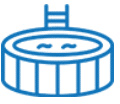
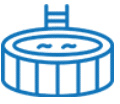

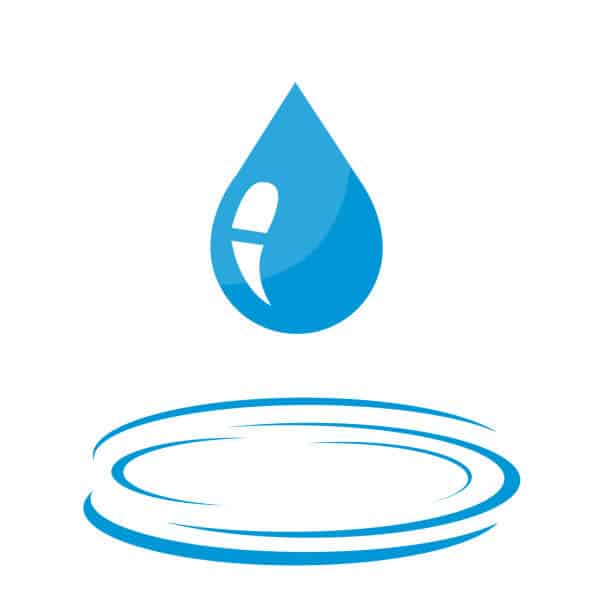



Drying will allow the collected debris to set into the filter media, making it more difficult to remove later.
This can also be done by tapping it on a surface, brushing with a stiff paint brush, or other means. Note that this step is in preparation for the actual cleaning, so getting it perfect is not necessary.
Because cleaning involves using chlorinizer and takes time, cleaning individual filters is not efficient. five gallon/18.9 liter plastic paint bucket will hold about five type C filters.
Use a solution of 1 part pool chlorinator to 6 parts water. Submerge the filters in this solution, then place the lid on the bucket.
One day is good, but 3 to 5 days will provide better results.
Agitate the filters by holding them at one end, and dunking them briskly in and out of the rinse water. You should see a cloud of rinsed contaminants coming from the filter.
Any more dirt that is trapped on the surface of the filter should be brushed off, using a stiff bristled paint or parts cleaning brush.
Some sediment will accumulate in the bottom of this bucket, but it doesn’t affect the cleaning properties of the solution.
Use another clean bucket with a lid that seals tightly. Add about 2/3 of a bucket of clean water, then carefully pour in enough muriatic acid to give you a 1 part acid to 10 parts water solution. In a typical 5 gallon bucket, this means about 3 gallons of water to 1 1/2 quarts acid.
The bubbles are an indication the acid is reacting with the mineral deposits, and when the bubbling has quit, the minerals should be dissolved.
If you keep your containers sealed tightly, the chemicals (either the acid or chlorinizer) will not weaken and may be reused for several cleanings. Allowing the containers to remain open will allow the chlorine to evaporate out of your solution, rendering it useless in a short time.
Maintaining a sand filter is a straightforward process, and with these simple instructions, you can keep your filter running smoothly in no time!
A sand filter functions by allowing water to pass from the pool through the filter and back into the pool again. The sand within the filter captures and holds onto impurities like dirt and oil, leading to a buildup of debris over time. This buildup can hinder the filter’s performance.
To prevent your sand filter from becoming obstructed, backwashing is essential. In normal operation, water enters the filter from the top, passing down through the sand and exiting through the laterals at the base. Backwashing reverses this flow, pushing water up from the bottom, through the sand, and out the laterals. This reversed flow dislodges and flushes out dirt from the sand, expelling it via the waste line.
Regular backwashing of your sand filter is recommended, particularly when the pressure gauge shows a rise of 8-10 PSI above the baseline level. It’s also advisable to backwash after significant storms, if your pool water becomes cloudy, or following the cleaning of an algae bloom.
Switch off the pool pump power at the circuit breaker before adjusting the multiport filter valve on the pump.
Extend the backwash hose, secure it with a tight clamp, and position it where you want the waste water to drain.
Firmly press down on the valve handle and rotate it from the 'FILTER' to 'BACKWASH' position, securing it in place.
Reactivate the filter pump power and run it for approximately 3 minutes. Monitor the sight glass on the valve; the water should shift from murky to clear, indicating dirt is being expelled.
Switch off the power again to halt backwashing.
Adjust the multiport filter valve handle from 'BACKWASH' to 'RINSE', ensuring it is locked in position.
Restart the power to begin the rinsing cycle.
Allow the filter to rinse for 1-2 minutes.
Turn off the power to end the rinse cycle.
Move the valve handle from 'RINSE' back to 'FILTER', locking it in place.
Turn on the pump power to resume normal filtration.
Check the pressure gauge to verify a drop of 8-10 PSI from the pre-backwash level, confirming a successful backwash.
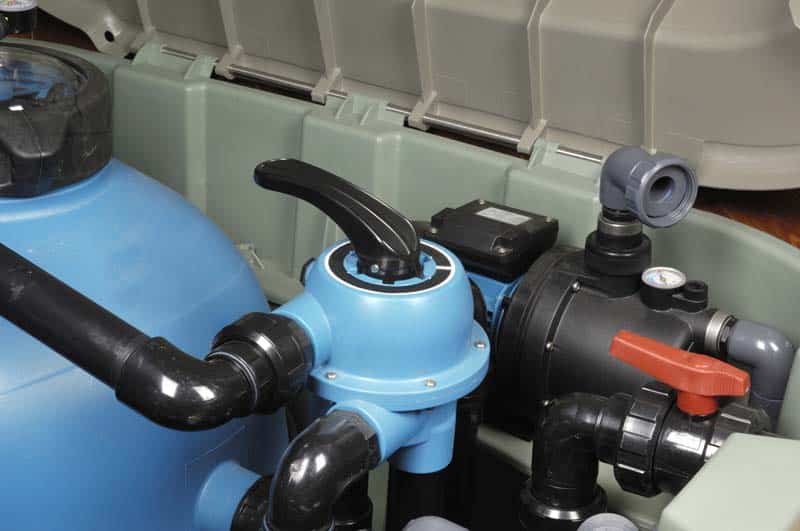
It is normal to have some sand back into the pool or out through the waste line when you change your filter sand as some of the sand that you received will be smaller than #20 and this smaller sand will eventually work its way out of the filter. The long initial backwash that you do when you change the sand will help to minimize this.
The sand in an old filter can actually be laden with bacteria so it would be better if you minimize your direct contact with the sand.
This water helps to absorb any impact of the falling sand on the lateral assembly. Many professional installers skip this step but that would not be recommended if this is your first filter sand change.
This sand is between 40-50mm in diameter and is available from most swimming pool supply stores. Do not substitute other types of sand or you will almost certainly have problems with your filter and potentially damage the pool also.
You must be certain to find accurate information about how much sand to use in your filter. Over filling or underselling the filter will at least cause the filter to not function properly, and at worst cause damage to the filter. Filter sand sizes range typically from 100 or 150 lbs all the way up to 600lbs or more for large pools.
It is difficult to get the sand actually into the filter without getting it in the sandpipe so you may like to tape up the standpipe opening to prevent this spilled sand from making it back to the pool through the return lines. It is also very important that the sandpipe is directly in the center of the filter as once you have filled with sand you will not be able to adjust the position of the sandpipe. If not centered you will not be able to get the valve head back on the filter and will need to start all over again.
This is where a skilled hand is helpful as if you overtighten the filter head then you may actually crack the filter body which would require replacement of the entire filter tank – something you definitely want to avoid.
You should start this process by over filling the pool and then backwashing for as much as 3 to 5 minutes, followed by a 60 second rinse cycle before setting to “filter”.
At Crestwood Pools, we recognize the importance of proper pool maintenance and the role that filtering systems play in keeping your pool water clean and safe. Diatomaceous Earth (DE) filters are a popular choice for many pool owners due to their efficiency in trapping tiny particles, resulting in crystal-clear water.
However, the world of DE filters is diverse and complex. With over 20 different manufacturers, each producing filters with unique designs and operational instructions, it becomes a challenge to provide universal guidance that applies to all types of DE filters. The specific maintenance, cleaning, and operational procedures can vary significantly from one brand to another, and even between models from the same manufacturer.
Given this variety, Crestwood Pools recommends that owners of pools with DE filtration systems refer directly to the unique instruction manual provided by their filter’s manufacturer. These manuals are tailored to the specific requirements of each filter and offer the most accurate and detailed guidance for maintenance and troubleshooting.
For personalized assistance or if you have specific questions about your DE filter, we advise reaching out directly to the customer service department of the filter’s manufacturer. They are best equipped with the expertise and knowledge about their products and can provide the most effective solutions and advice for your particular model.
We at Crestwood Pools are dedicated to ensuring that your pool experience is enjoyable and hassle-free. While we might not be able to provide detailed guidance for every DE filter brand, we are committed to assisting you in any way we can. Feel free to contact us for general pool maintenance advice or for recommendations on professional services that specialize in your specific DE filter brand.
Pool filter cleaning chemicals are marketed specifically for cleaning cartridge type filters, but the cost is fairly high in consideration of their performance.
Make sure the filter/pump unit is working correctly before using shock or adding chlorine or other chemicals to the pool.
Store filters in a plastic bag or other container when they are cleaned to keep insects from making a home in them.
You may want to use a new filter instead of dealing with acids, having a sealed bucket of bleach around and using used filters.
Remove the collected dirt from the filter in stages, removing as much as possible in each stage. Simply tapping or brushing the filter after it has dried in the sun will reduce the amount of organic contaminants that need to be broken down in the cholrinator soak.
Filters may become clogged much more rapidly when using clarifier in the pool water, as this product will cause the particles that cloud the water to be trapped more easily in the filter media.
Discard any filters that become damaged or deteriorate to the point they no longer filter efficiently.
Using a 5% muriatic acid solution to remove calcium deposited in the filter media will increase the filter’s performance if high concentrations of minerals exist in your pool water.
For cleaning filters in pools where a large number of people swim, and suntan lotions or other materials may accumulate, using a dish washing liquid solution to presoak the filter may yield superior results.
Maintain your pool water chemistry to minimize the organic contaminants in the water, making the filter’s job much easier.
Remove and clean or replace the filter on a regular basis.
Proper maintenance is critical to how long your pool will last. Here are some guidelines that will help ensure the longest life possible for your investment. If you have any questions about tips to keeping your Crestwood Pool clean during the season, follow our blog.
Make sure you keep your chemicals in the optimal range for each one. To learn more, visit our Chemical Balance page.
Keep filters clean and running correctly. Visit our Sand Filter Maintenance page, depending on your type of filter for info on how to keep these systems running smoothly.
Ensure there is proper drainage around the perimeter of the pool. Even though your Crestwood boards are treated, constant water contact over time will cause rot.
Be sure to use a water repellent stain on the exterior walls to ensure the boards do not “wick up” moisture. Painting, if desired, will also achieve this effect.
Never use harsh chemicals or abrasives (ie scotchbrite pads) to clean the liner. Only use chemicals approved for cleaning vinyl pool liners.
When storing your Crestwood winter cover for summer, it is best to clean off debris while cover is still installed on pool. After cleaning, un-install cover and store in a large container, such as a large trash can, filled with water and algaecide. This will keep the cover safe from drying out, as well as from insects that may eat the cover material.
Leaves, dirt, grass and weeds from coming into contact with the walls of your pool.
1. Call Crestwood Pools
2. Learn What’s Best for YOU
3. Achieve Peace of Mind (*even if you don’t choose Crestwood!)
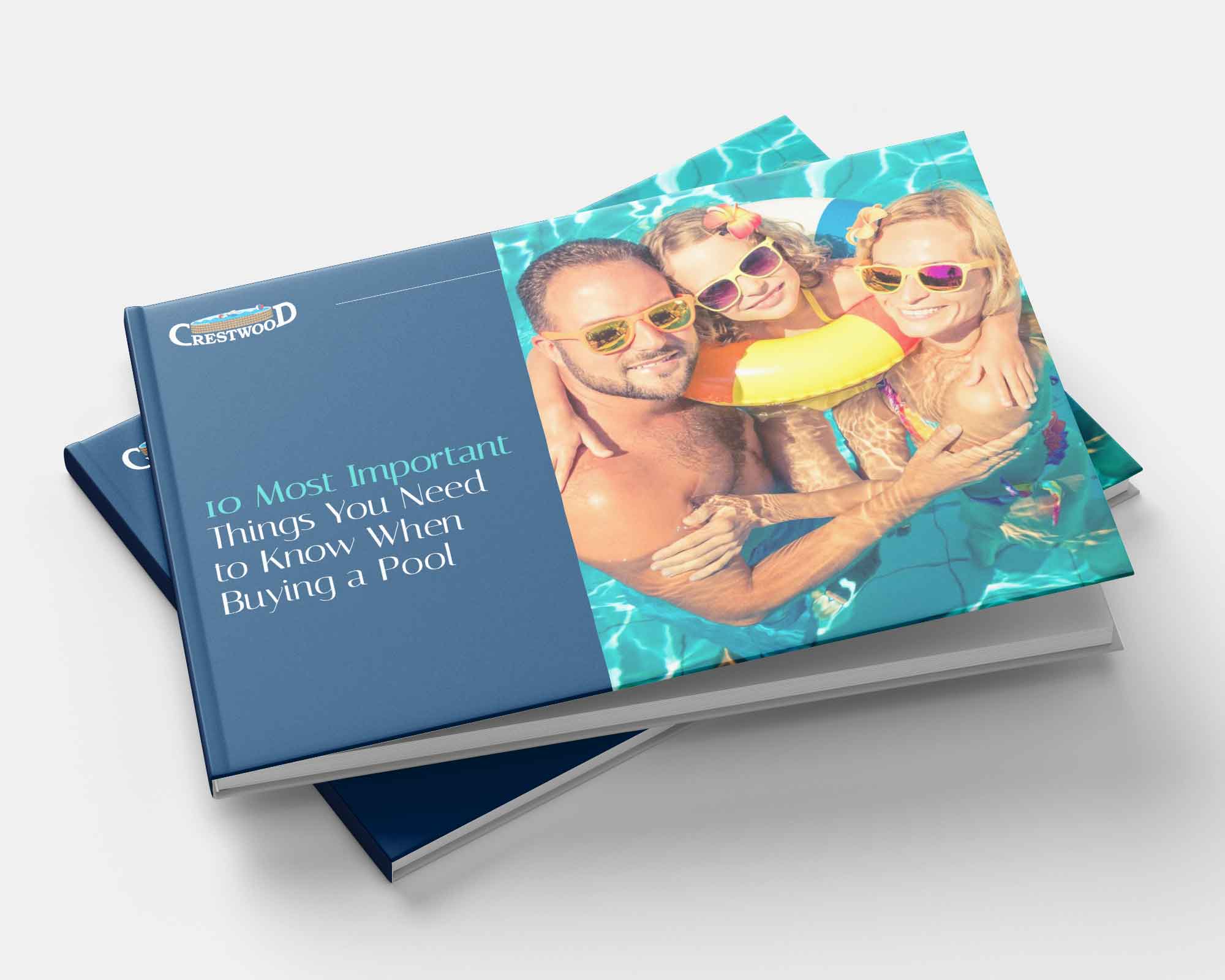
🚨 Exclusive Offer: Limited Time Only! 🚨
📘 Download Your FREE Ultimate Pool Buying Book!
Before you go any further…
Act Fast! Don’t miss this opportunity to make the best choice for your pool project.
👇 Grab Your Free Copy Now and Dive into Pool Buying with Confidence! 👇